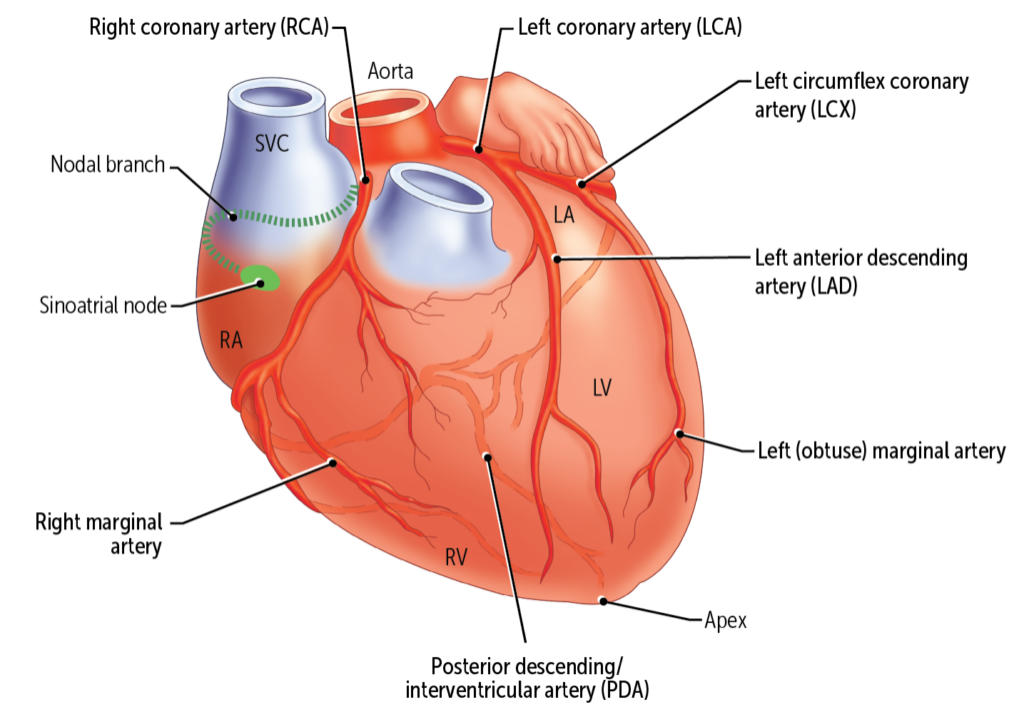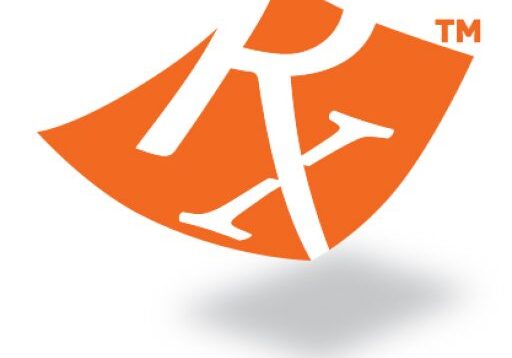Check out today’s Step 2 CK Qmax Question Challenge.
Know the answer? Post it in the comments below! Don’t forget to check back for an update with the correct answer and explanation (we’ll post it in the comments section below).
 A 70-year-old woman was walking across her kitchen when she tripped over a throw rug and fell onto her outstretched right hand. She did not hit her head or lose consciousness. She had immediate pain and swelling in her right wrist and was brought to the emergency department by her daughter. The patient’s x-ray in the emergency department is shown. There was no break in the skin. She reports no numbness or tingling and she is able to move her fingers albeit limited by pain. The patient is otherwise healthy, and her past medical history is significant only for a T11 compression fracture 2 years ago.
A 70-year-old woman was walking across her kitchen when she tripped over a throw rug and fell onto her outstretched right hand. She did not hit her head or lose consciousness. She had immediate pain and swelling in her right wrist and was brought to the emergency department by her daughter. The patient’s x-ray in the emergency department is shown. There was no break in the skin. She reports no numbness or tingling and she is able to move her fingers albeit limited by pain. The patient is otherwise healthy, and her past medical history is significant only for a T11 compression fracture 2 years ago.
Which of the following is the most appropriate next step in management?
A. Closed reduction and arm sling
B. Closed reduction and splinting
C. Dual-energy x-ray absorptiometry (DEXA)
D. Ice and compressive bandage
E. Open reduction and internal fixation
______________________
Want to know the ‘bottom line?’ Purchase a USMLE-Rx Subscription and get many more features, more questions, and passages from First Aid for the USMLE Step 2 CK, including images, references, and other facts relevant to this question.
This practice question is an actual question from the USMLE-Rx Step 2 CK test bank. Get more Step 2 CK study help at USMLE-Rx.com.




C
B as Xray shows non displaced distal radius fracture without involving articular surface. It appears this woman had FOOSH injury
Closed reduction with arm sling – if she had a dislocation
DEXA -It is used to get bone density scan to see demineralization of bone which would be appropriate later.
Ice and compression bandage will be appropriate if there is any sprain or strain
ORIF will be the best choice if the fracture is intra-articular or displaced.
will love to know right answer from FA team 🙂
E
This was a dislocation. I choose B.
Most common injury due to FOOSH among elderly patients is COLLES FRACTURE
Usually undisplaced Colles are managed by External Manipulation and Colles Cast
Later patients are advised to get DEXA scan done
Would go with
B)
*displaced
B
Colles fracture. The appropriate treatment is reduction under anesthesia (local + sedation) and immobilization. Will go with B.